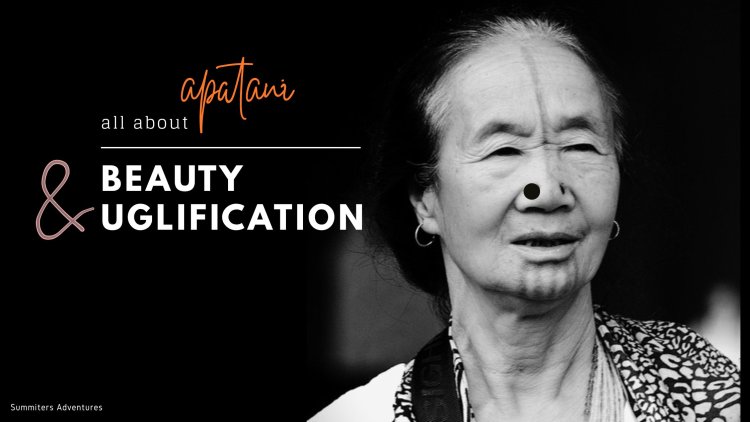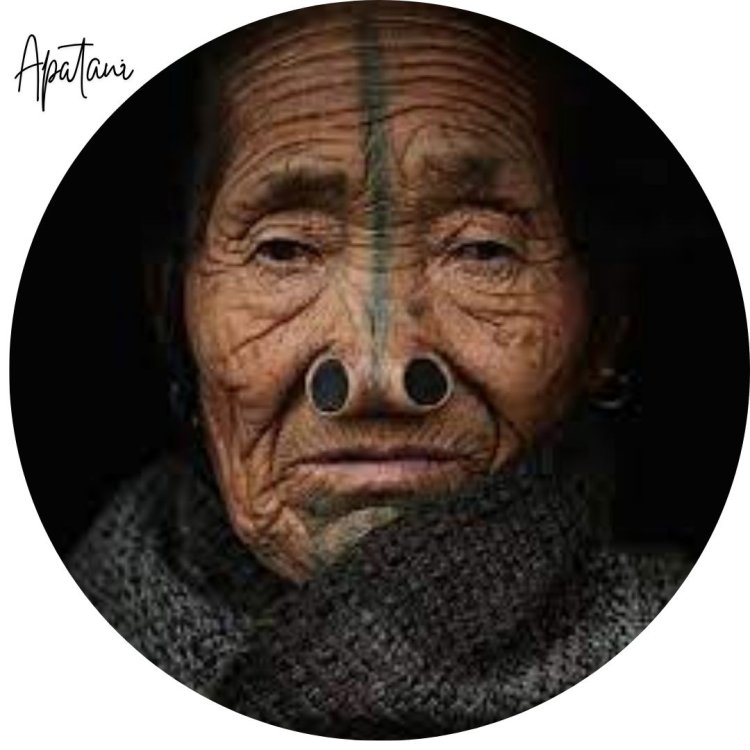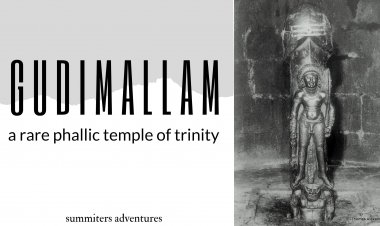Apatani - All about beauty & uglification !
The Indian state of Arunachal is known for its unique cultural diversity and varied customary practices.The tattoo culture is prevalent in tribal communities in Northeast .Among 26 tribes residing here,apatanis follow tattoo and nose plug insertion.A unique practice related to body art and nose plug though painful is not merely decorative but deeply rooted in tradition, spirituality, and social status.Let us decipher the truth behind it...?

Name a state in the whole of the country which is beautiful, rich in its resources & natural beauty......!
A sneak peek into the tribes and traditions of Arunachal Pradesh
There are around 26 tribes in Arunachal Pradesh with more than 100 sub-tribes. Out of which, the principal tribes are Adis, Apatanis, Buguns, Hrussos, Singphos, Mishmis, Monpas, Nyishis, Sherdukpens, Tagins, Khamtis, Wanchos, Noctes, Yobin, Khambas and Membas. However, the best way to get to know more about each tribe is by taking a tour where the guide will be explaining to you about the origin and culture of each tribe. What is so unique about these tribal people?
Apart from just excelling in their culture, these people also excel in any of the skills like making baskets, weaving, smithy work, pottery, wood carving, painting and more.
Among them , Apatani tribe are unique, because of their practice !

An Apatani woman with traditional tiipe face tattoos and nose plugs (yaping hurlo)
Who are Apatani People?
Apatanis is a tribe known as Taniis, initially they used to be a migratory tribe with Mongoloid features residing in the Apatani plateau.But with time they have made Ziro Valley as their home. Arunachal is the least explored and Ziro valley, it’s a must visit for all the travellers, nature lovers photographers and people who want to seek cultural experiences.
Though i knew about Apatani Tribe, Ziro Valley, Tale Valley and Popular Ziro Music Festival !. Little did I know about Apatani women and their practices until i visited the Hong village in Ziro valley.
Home for Apatani tribe !
The ink for the tattoo, called chinyu, was derived from soot mixed with pig animal fat. The needle was made by tying together several three-headed thorns, known as tipe-tere or iimo-tre, typically derived from the gum of arabica tree, or Vachellia nilotica.
The designs of the tattoos have been copied from Pine tree. Pine Tree are plenty in the Tanii Land – Ziro. It is insignia of apatanis. Indeed, there are designs to be found in a pine tree both externally as well as internally. Moreover, in Festivals related to fertility and prosperity like Murung, Subu and Myoko, Pine wood alone is used in ritual even to-day.
A small stick hammer, called empiia yakho, was used to tap the needle and make an impression in the skin. The process was carried out in the winter to allow the tattoo to dry quickly.
In 1970's , the government, with support from the Apatani Youth Association, declared to put an end to the practices of facial tattooing and the wearing of nose plugs. These decisions were taken to avoid stigmas and the stereotyping faced by members of the community when they travelled outside the valley.
During the community gathering DREE festival, and across paddy fileds i noticed only few elderly women sporting them.












